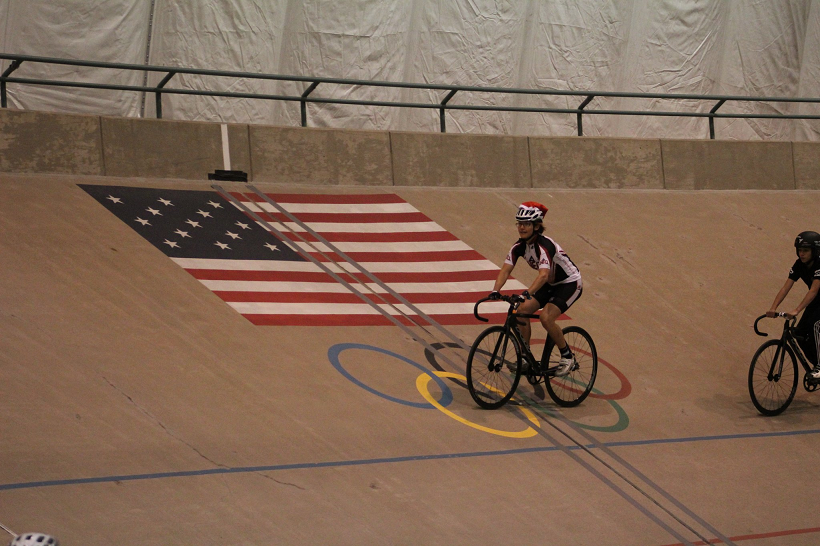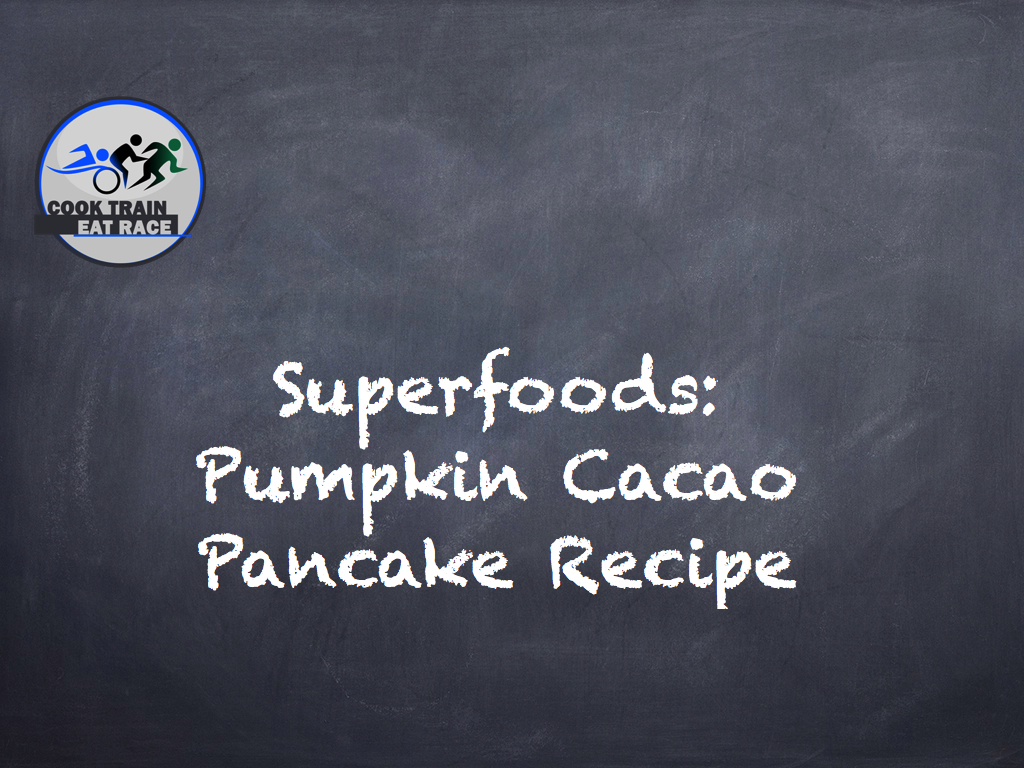Sports dietitian Dina Griffin is back this week with our Friday Feast post and discusses her recent 70.3 race nutrition plan.
Race day nutrition for 70.3 triathlon distances can vary significantly from athlete to athlete (and even within the athlete from race to race). As Nicole mentioned in an earlier post, the nutrition plan will depend on several factors including body mass and composition, heat and humidity levels, gastrointestinal tolerance, intensity level, daily nutrition patterns and metabolic efficiency status. The latter, your metabolic efficiency, highly influences what you need to take in for calories as this is a measure of how well your body preserves its carbohydrate stores and utilizes fat as a fuel source at varying intensities.
Most of us don’t think about race day nutrition being influenced so much by your everyday nutrition patterns, but it is! For most endurance athletes, a daily diet consisting of a high level of carbohydrates (regardless of the type and source) will mean the athlete will need to consume a high hourly amount of carbohydrates on race day. This can pose a big risk for gastrointestinal distress, particularly for the longer events and when the body is under stress from high heat and humidity. For athletes who control their intake of carbohydrates and put a priority on quality meals that support the stabilization of blood sugar levels, the dependence on supplemental dietary carbohydrates decreases… even during the race setting.
I have been experimenting with adjusting my daily nutrition patterns to be carbohydrate-controlled, higher in fat and moderate in protein while training for Ironman Coeur d’Alene. (You can read more about this at http://dinasportsrd.blogspot.com). I recently participated in the HITS Grand Junction 70.3 as a “training day” and wanted to give you a sample of my training day nutrition. Daily nutrition remained the same the day(s) before, which means NO carbohydrate loading. Keep in mind that I am still experimenting with training nutrition in preparation for IMCDA to find what works best for me, but here’s how it looked:
4:30a Wake up!
5:00a Justin’s peanut butter packet (200 calories, 7 grams carbohydrate), 6 oz coffee with half and half
6:15a shake made with protein-enhanced vanilla Generation UCAN (1.5 scoops), chia meal, PB2 (total of 210 calories, 32 grams carbohydrate)
7:00a race start
[SWIM – drank lake water — ha ha!]Once on the bike:
- at 1:00 in, I ate 60 calories from a LaraBar ALT bar (~1.5 gram fat, 8 gram carb, ~3gm protein)
- at 2:00 in, same thing as above
- from 1:15 to 3:00, I drank half of a 20 oz bottle that contained 1 packet of lemonade GenerationUCAN, 1 Nuun tablet, 100mg of FirstEndurance PreRace powder (as a caffeine source). This equates to about 55 calories, 14 grams carb)
- 5 SaltStick capsules (1 every 30 minutes)
- plain water to thirst
Bike nutrition totals 175 calories (~58 calories per hour). My bike effort was around a 6.5 to 7 on the perceived effort scale, so certainly moderate. I felt strong energy throughout the ride, despite the 10 miles of respectable headwind from mile marker 30 to 40.
Run:
- I carried a 20 oz handheld bottle mixed with water and 1 packet of cran-raz GenerationUCAN but it had gotten very warm and unpalatable for me. I drank about 3 oz of it (about 20 calories or 5 grams of carbohydrate) and then swapped it out for plain water.
- I took 4 SaltStick capsules throughout (about every 20 minutes) and supplemented with 67mg caffeine from FirstEndurance PreRace capsules.
- plain water to thirst
- All athletes should have a backup plan for their nutrition, so for me it was to resort to the on course cola. I took 3 gulps at two of the aid stations for an estimated intake of 5 oz which is roughly 62 calories and 15 grams of carb.
Run nutrition total 82 calories (~42 calories per hour). Just as with the bike, I had good solid energy throughout… yes, despite the headwinds for the first half of the route!
My nutrition totals for the 5:47 duration were about 257 calories (50 grams of carb), which works out to about 45 calories per hour for an average (~11 grams of carb per hour). This is much less than current sport nutrition guidelines which are in the range of 120 to 360 calories per hour (or 30-90 grams of carbohydrate per hour). This tells me my metabolic efficiency is fairly decent as I was able to swim, bike and run at a good steady effort (for a training day!), experience no negative intestinal side effects yet consume relatively fewer calories compared to what is pushed in the mass sports nutrition recommendations. My body was able to use its own fat as a fuel source! And hey, I even got a 2nd place spot in my age group, which was a nice way to end my training day. There will be more training nutrition experimentation for me in the next few weeks prior to IMCDA, but at least I know I can rely a good deal on my body’s metabolic efficiency so long as I keep my daily nutrition in line until the big day.
-Dina Griffin, MS, RD, CSSD







